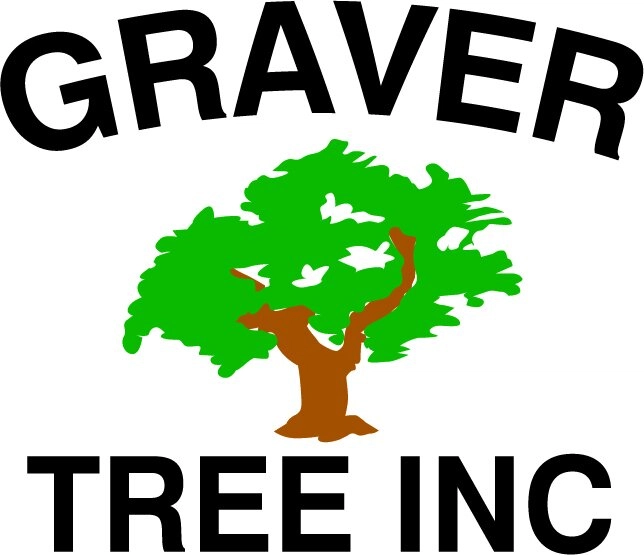How To Choose the Right West Hartford Tree Service
Certain factors, such as licensing and services available, are important to consider when choosing a tree removal company. We go over some key factors below.
Vet the Company's Qualifications
Make sure that your tree service provider holds the needed insurance policies, like general liability, professional liability, and workers' compensation insurance. These policies serve to protect both customers and workers. Your company's policy should mention tree work coverage specifically. Otherwise, you may be held responsible for any injuries or damage on your property. Tree removal companies don't need any mandatory national certifications, but might employ a certified arborist to handle inspections. Arborists are specialists who have earned voluntary certifications from the International Society of Arboriculture (ISA). Companies aren't required to have one on staff, but arborists provide the added benefit of training in tree preservation, care, and maintenance.
Get Quotes From Multiple Companies
We recommend requesting quotes from multiple companies. This lets you compare aspects such as timelines, service fees, and included services to find the best deal.
Confirm the Company Performs Residential Tree Services
Residential tree removal companies have fewer restrictions than commercial ones. Commercial companies work on large commercial properties and therefore must follow certain local ordinances. For this reason, we recommend looking for a company that specializes in residential tree services.
Request a Tree Risk Assessment
A tree risk assessment (TRA) involves visually inspecting a tree to evaluate the risk of the tree or its branches breaking. This is called tree failure. Evaluating tree failure before beginning work helps protect both tree service workers and your property. Talk to your tree removal service provider and make sure a TRA is completed before undertaking any work. Certified arborists typically perform these assessments. Some companies include TRAs with services, while others charge an additional fee.
Ask About Stump Removal
Tree service companies can remove stumps from your yard by hand or with special equipment. This is important because neglected stumps will decompose over time and might attract pests or become diseased. Check with potential companies to verify stump removal is included with their service. Costs range from $82 to $604, with the typical West Hartford homeowner paying around $384.
How Much Does It Cost To Remove A Tree?
You can expect to spend an average of $769 for tree removal. Costs can range between $374-$1,647 and are influenced by things like tree health, tree size and type, and project size. You may pay per acre instead of per tree if multiple trees need to be removed. You'll pay more if a tree has a high failure risk or requires additional equipment, safety precautions, or labor. You can expect to pay about $1,976 for emergency tree removal.
Ready to Get a Quote on Your Tree Project?
Please enter a valid 5-digit zip code!
Frequently Asked Questions About Tree Removal in West Hartford
What are some common tree issues?
What's the difference between tree pruning and tree trimming?
How can I tell if a tree is dangerous?
Do I need to hire a professional for tree removal?
Is it safe to leave a downed tree on my lawn?
To share feedback or ask a question about this article, send a note to our Reviews Team at reviewsteam@thisoldhousereviews.com.













